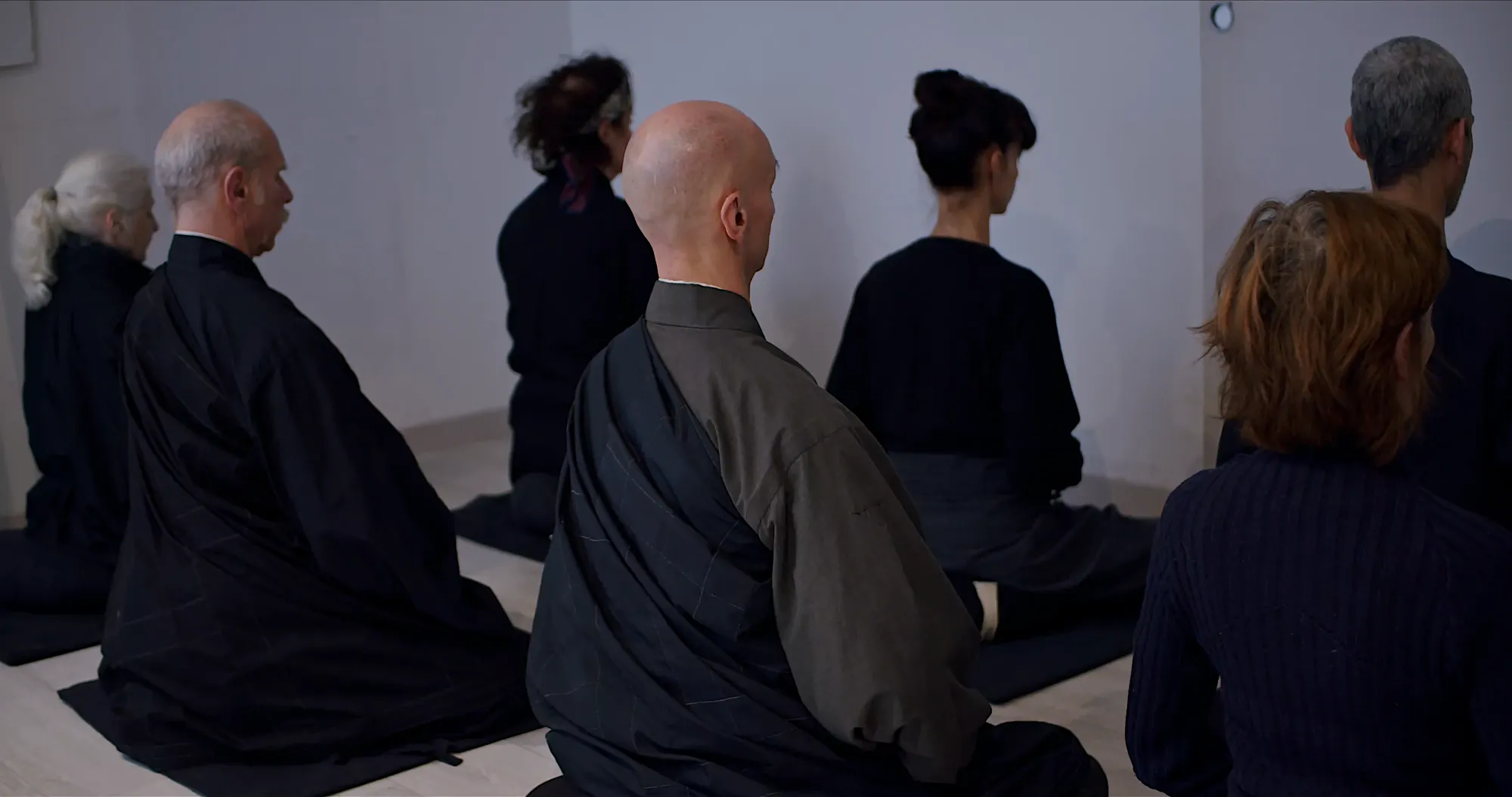In this excerpt from the Vimalakīrti Sutra, Sariputra, a disciple of the Buddha, converses with a goddess. The latter’s divinity should be seen only as one condition of existence among others, notably that of being human or animal, whose illusory nature the practice of zazen reveals.
- Śāriputra:
- Why don’t you change out of this female body?
- The goddess:
- I have been here twelve years and have looked for the innate characteristics of the female sex and haven’t been able to find them. What is there to change? If a sorcerer were to conjure up a phantom woman and then someone asked her why she didn’t change out of her female body, would that be any kind of reasonable question?
- Śāriputra:
- No. Phantoms have no fixed form, so what would there be to change?
- The goddess:
- All things are just the same — they have no fixed form. So why ask why I don’t change out of my female form?
At that time the goddess employed her supernatural powers to change Śāriputra into a goddess like herself, while she took on Śāriputra’s form.
Then the goddess, by her supernatural power, changed Śāriputra back into his own form.
Vimalakīrti Sutra – From a translation by Burton Watson and Women in Buddhism by Diana Y. Paul

